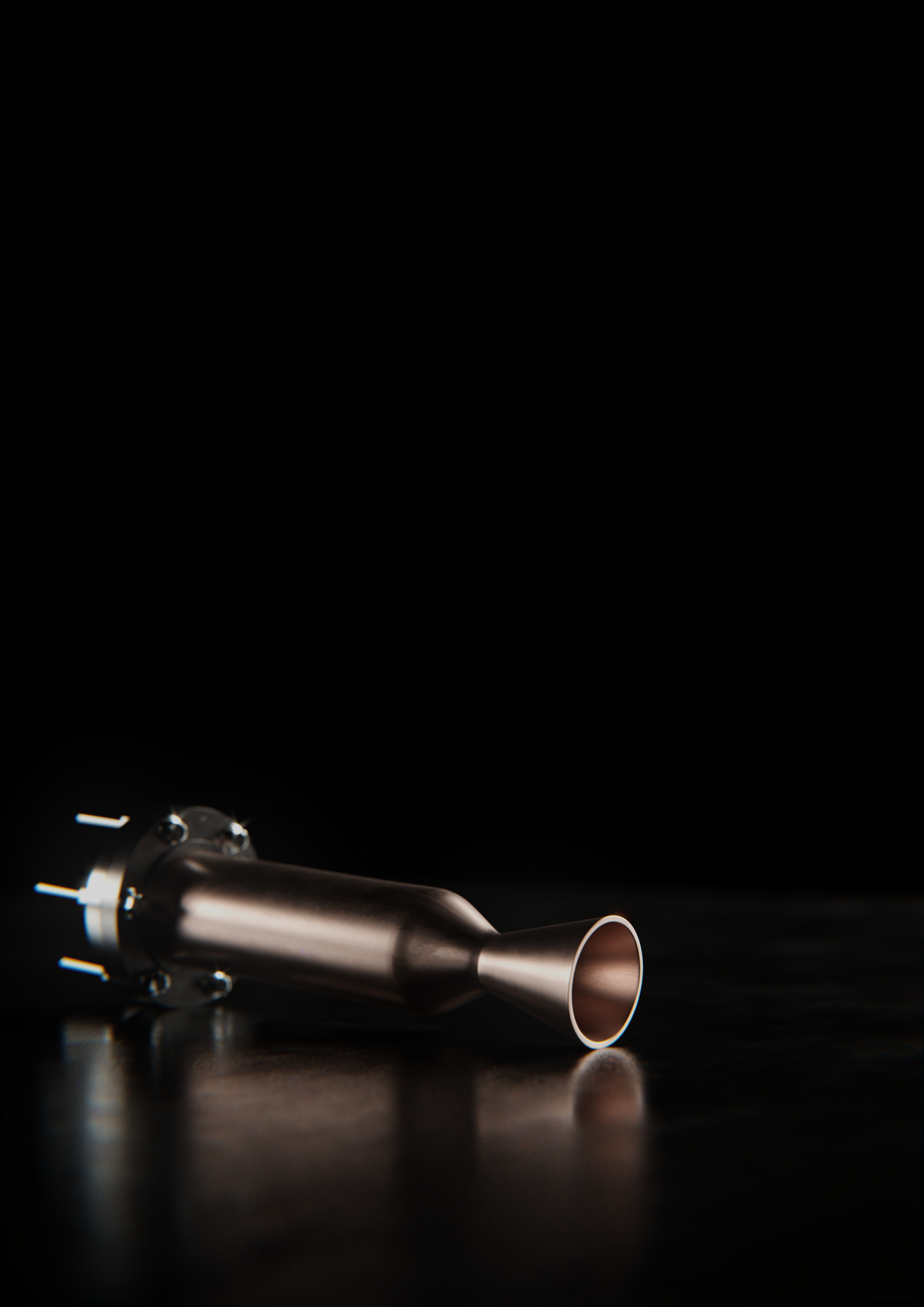After months of detailed design work and component testing, we're excited to announce that the LKD-12(2C)1A-1 liquid bipropellant rocket engine has entered its integration phase. This marks a significant milestone in our journey to develop Thailand's first domestic space-capable rocket engine.

Component Testing Results
Over the past two months, we've successfully validated several critical components:
- Swirl injector performance matches our computational predictions within 2% margin
- Combustion chamber cooling channels passed pressure tests at 40 bar
- Propellant feed system demonstrated stable flow rates at design conditions
Integration Challenges
As we move into the integration phase, we're focusing on several key challenges:
- Ensuring proper alignment of the injector assembly with the combustion chamber
- Validating all sensor connections and calibrations
- Finalising the test stand interface design
"The successful component testing gives us confidence in our design approach. Now we're focused on bringing everything together for our first integrated system tests."
— Head of Engineering
Next Steps
Our immediate goals for the next month include:
- Complete sensor calibration procedures
- Finalise assembly procedures
- Begin cold flow testing
- Prepare test stand instrumentation
Here's a sample code snippet showing our swirl injector design code:
async #calculate(){
this.R_in = this.Rbar_in * this.R_n;
this.r_in = calculate.r_in(this.R_in, this.R_n, this.n, this.A);
this.l_in = this.lbar_in * this.r_in;
this.l_n = this.lbar_n * this.R_n;
this.R_s = this.R_in + this.r_in;
this.l_s = this.lbar_s*this.R_in;
this.Re = calculate.Re(this.m_dot, this.n, this.r_in, this.rho, this.v);
this.lambda = 0.3164 / (this.Re**0.25);
const A_eq = calculate.A_eq(this.R_in, this.R_n, this.n, this.r_in, this.lambda);
const mu_eq = (await read_Fig._32(A_eq)).mu;
this.angle_in = calculate.angle_inlets(this.R_s, this.l_in)
const xi_in = Utilities.lerp(0.9, 0.5, 30, 90, this.angle_in);
this.xi = calculate.xi(xi_in, this.lambda, this.l_in, this.r_in);
this.mu_i = calculate.mu_i(mu_eq, this.xi, this.A, this.Rbar_in);
const new_R_n = calculate.R_n(this.m_dot, this.mu_i, this.rho, this.p_drop);
const new_A = (this.R_in * new_R_n) / (this.n * this.r_in**2);
this.#residuals.push(Math.abs(new_R_n - this.R_n)+ Math.abs(new_A - this.A));
this.#iterations.push((this.iterations.at(-1) ?? 0) + 1);
this.R_n = new_R_n;
this.A = new_A
}Stay tuned for more updates as we progress toward our first hot fire test scheduled for June 2025.